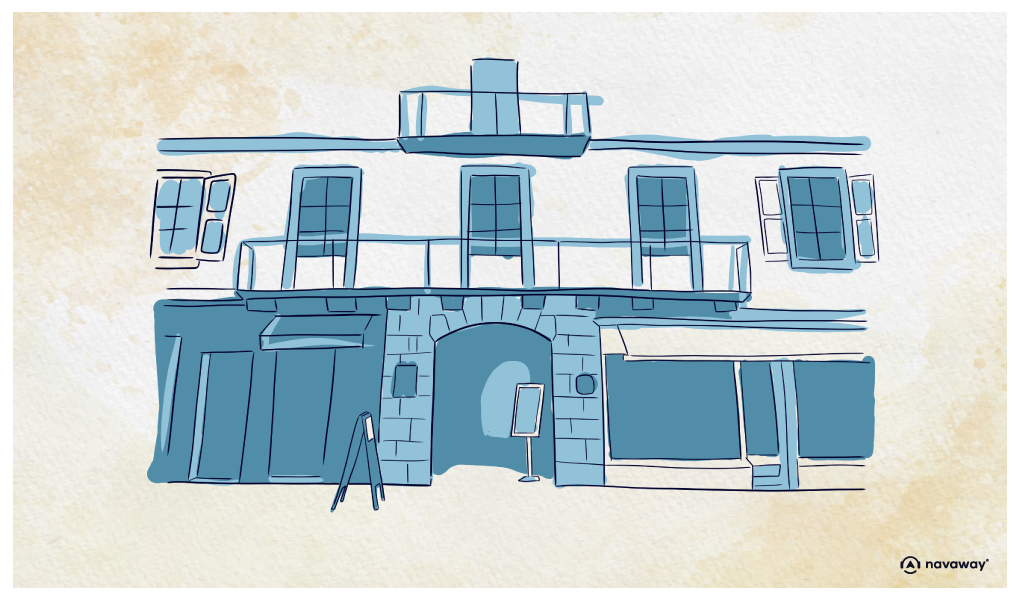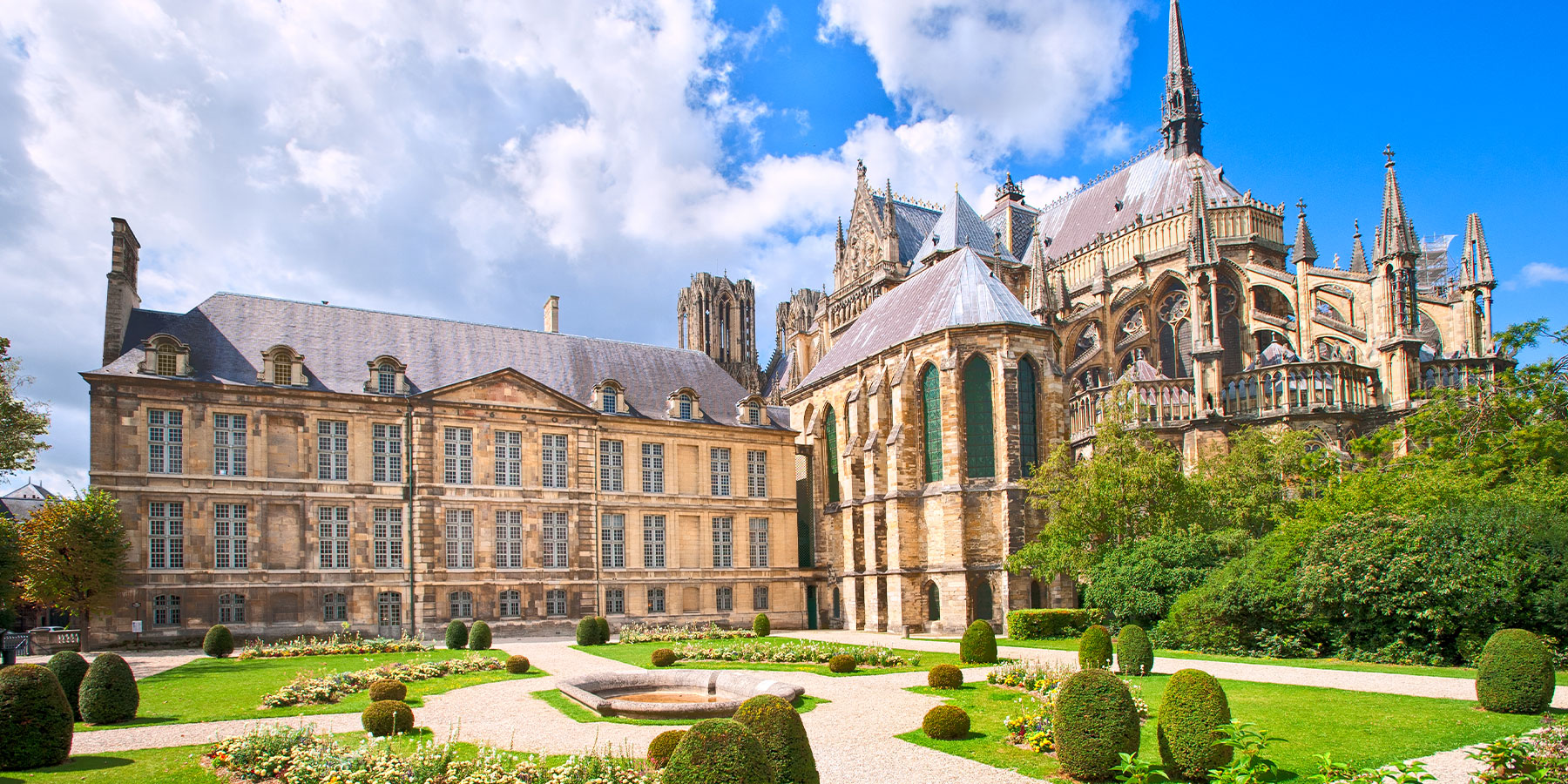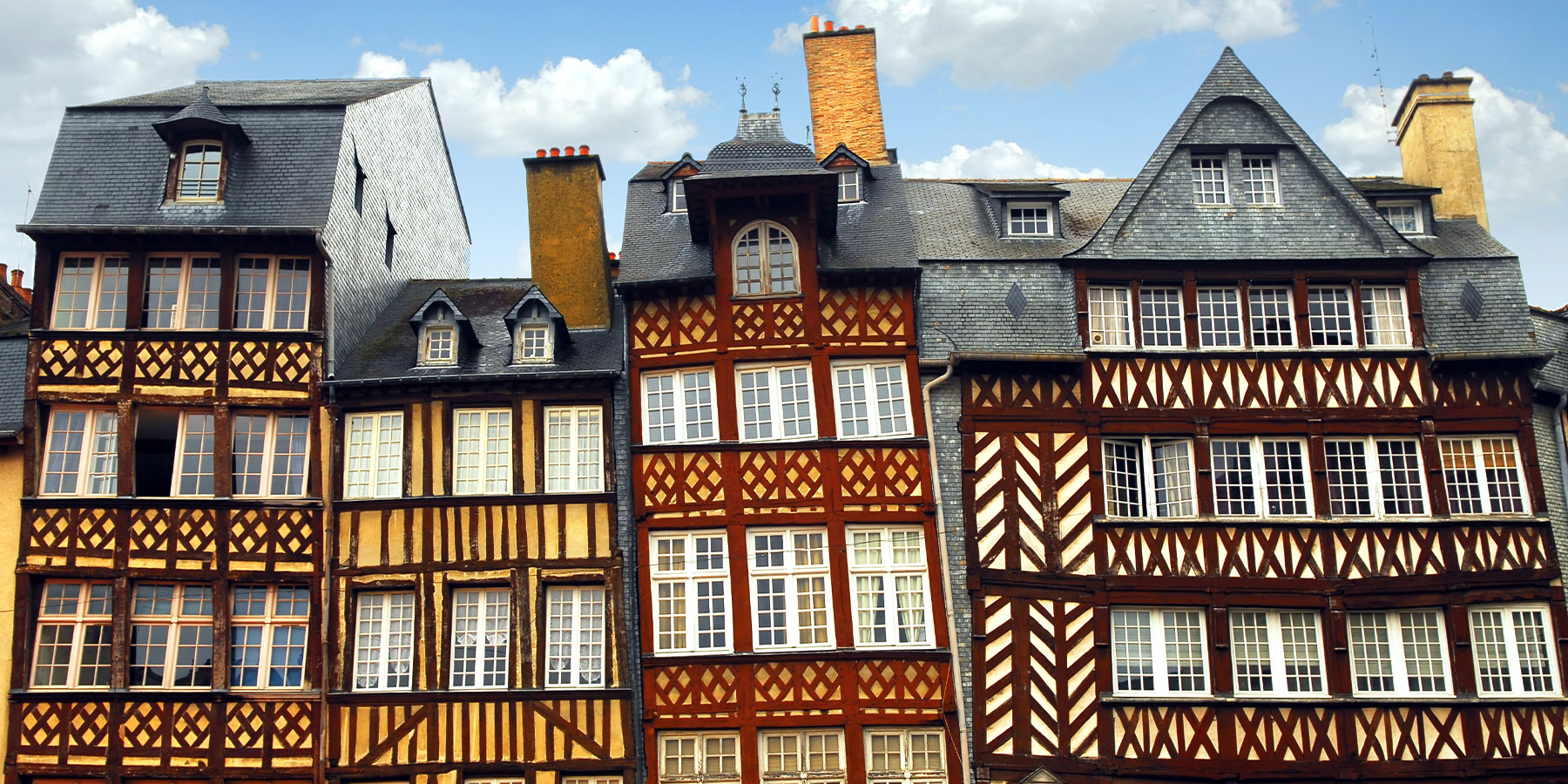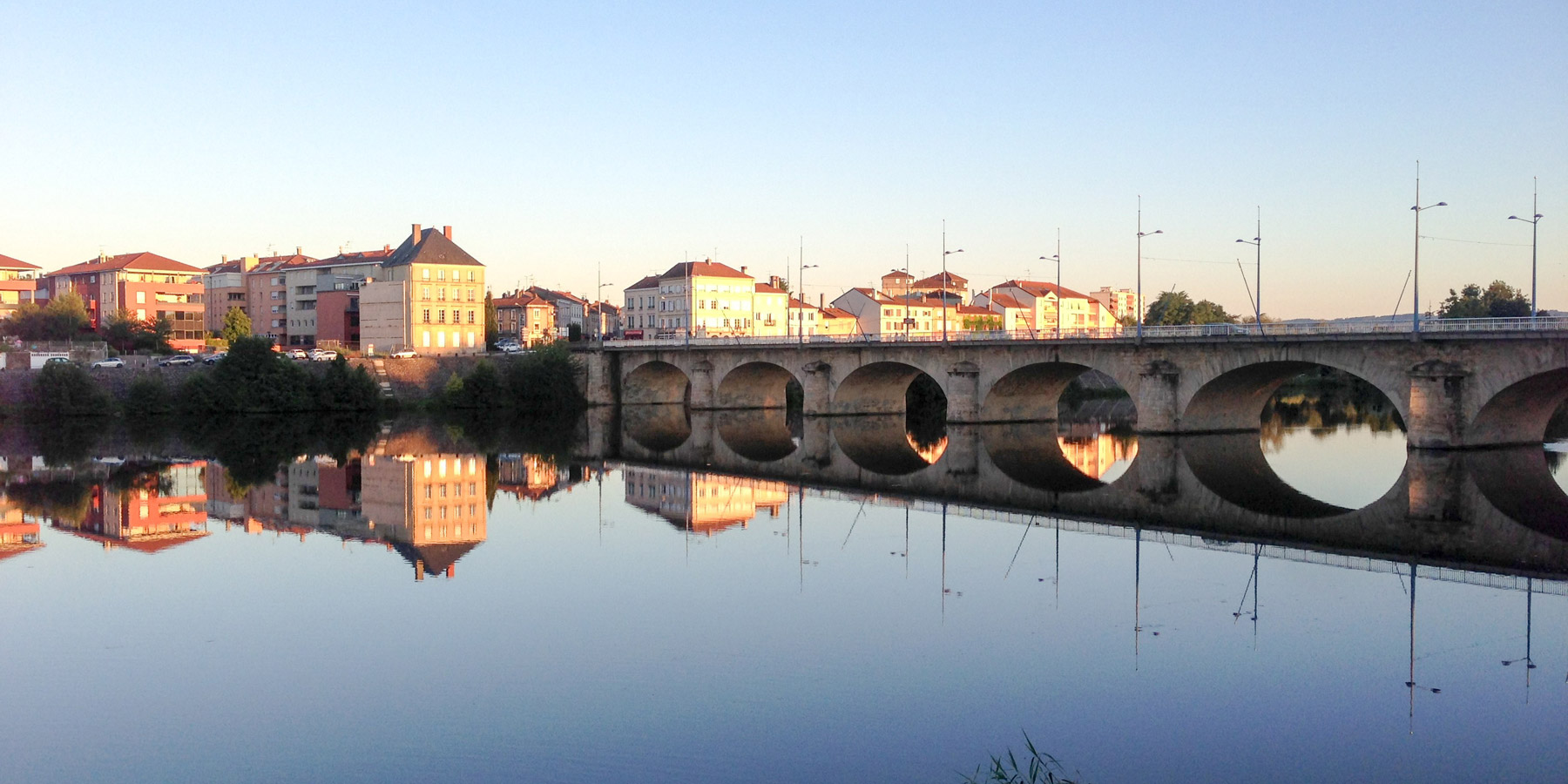
Max Jacob’s Birthplace

This point of interest is available as audio on the tour: Visit Quimper, Cornouaille’s Capital in All Its Glory
Though he liked to say he was “born for Brittany,” it was right here in Quimper that Max Jacob’s life truly began. A French poet, novelist, essayist, and painter, Max Jacob is often described as the most famous of the unknowns—an artist whose influence far outweighed his name recognition. Born in 1876 to a non-practicing Jewish family, Max Jacob Alexander grew up along the banks of the Odet, between his family’s charming home and his grandfather’s tailor shop at 8 Rue du Parc. Frail in health but gifted in mind, he excelled at school and developed an early passion for reading, music, and painting. These creative pursuits, seen as too eccentric and ambitious by his family, eventually led him to Paris around 1900. There, in the bohemian world of Montmartre, he befriended some of the biggest names in modern art—Braque, Apollinaire, Matisse, Modigliani, and Picasso, who became a close friend. Around 1909, Jacob converted to Christianity after a spiritual revelation and began to write and draw with intense energy. In 1917, he published his most well-known poetry collection, Le Cornet à dés (The Dice Cup). A restless creative spirit, he experimented with various literary forms while continuing his work as a painter. After the war and the death of his mother, he often returned to Brittany, spending time in Quimper, Bénodet, and Tréboul, before finally settling at the Abbey of Saint-Benoît-sur-Loire in the late 1930s. However, as the Nazi occupation tightened its grip on France, Max Jacob—being Jewish—became a target of growing persecution. In 1944, at the age of 68, he was arrested by the Gestapo and deported to the Drancy internment camp. Despite numerous efforts by friends, including Jean Cocteau, to secure his release, he died just two weeks after his arrest. His childhood home and his family’s tailor shop, looted and shuttered in 1941, were long left abandoned. Today, the building houses a restaurant—but if you step into the courtyard, you can still catch a glimpse of the place where it all began.


Discover Quimper with app
An interactive guide through the most beautiful streets, squares, and districts
23 fun audioguides full of historical facts, anecdotes, and legends





Comments